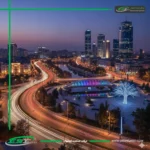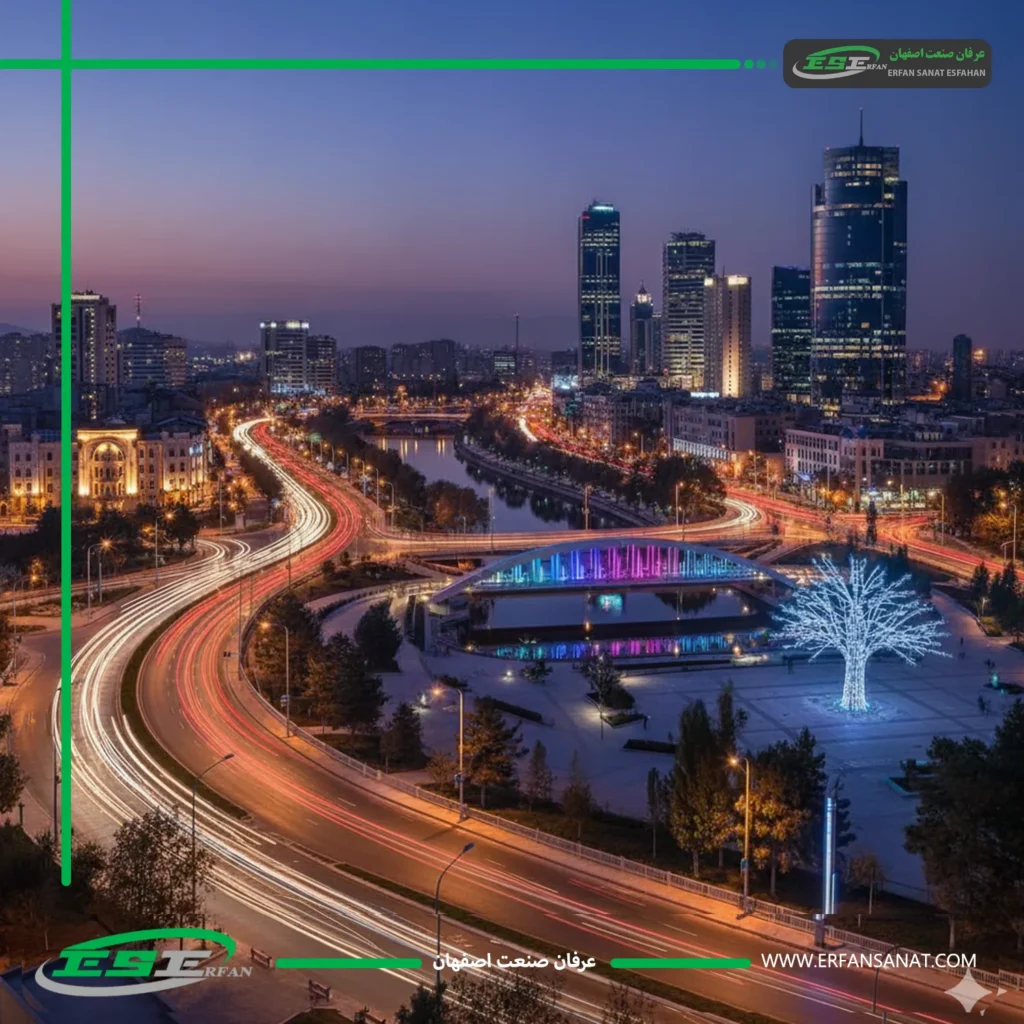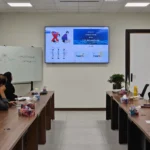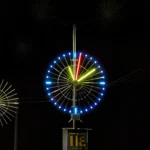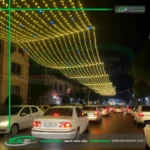Urban lighting is not just about illuminating streets. If done correctly, it can increase security, enhance the city’s visual identity, and even boost night tourism. But unfortunately, mistakes are repeated in many projects that not only reduce the efficiency of the lighting but also entail heavy costs. Below, we will take a comprehensive look at the most common mistakes in urban lighting and ways to correct them.
Common Mistakes in Urban Lighting
One of the main problems is the use of non-standard equipment. Low-quality lights and elements may have a lower cost in the short term, but they do not withstand weather conditions and cause frequent failures. The solution is clear: choosing reputable brands and equipment with standards such as IP67 or IP68.
Another mistake that is often seen is over-illumination. Many think that more brightness means more beauty, whereas this causes light pollution, increased electricity consumption, and eye strain. Designing light appropriate to the needs of the environment is the best way to prevent this problem.
Disregarding energy consumption is also a serious challenge. Using high-consumption lights leads to increased costs and environmental damage. The logical solution in this regard is to use low-consumption LEDs and smart lighting control systems that adjust light intensity based on the time and need.
Sometimes, lighting is done without considering the architecture of the space. The result of such work will be a scene devoid of identity and harmony. Light should serve the architecture and enhance the appearance of the building and the environment. This is only possible with close collaboration between lighting designers and architects.
Among other common errors is the improper installation of equipment. Incorrect angle or height of the lights not only reduces the quality of light but can also be hazardous. Neglecting maintenance is similar; lighting projects require periodic service and support, and if this is overlooked, costs will multiply.
Choosing inappropriate colors also negatively affects the urban space. Harsh or incompatible colors, instead of creating a sense of calm, cause aversion. For this reason, color selection should be appropriate for the type of space; for example, warm colors are used in recreational areas and soft colors in religious places.
Another important point is paying attention to the psychology of light. Light can create a sense of calm or anxiety, and ignoring this dimension lowers the quality of citizens’ experience. Likewise, monotony in lighting should be avoided. Using creative elements like light trees, light tunnels, or interactive frames can make the urban space different and memorable.
And finally, many projects still do not pay enough attention to the principles of sustainability and the environment. Improper and unplanned illumination leads to energy waste and light pollution, which is not only detrimental to the urban economy but also harms the ecosystem.
Summary Table of Mistakes and Solutions
| Mistake | Consequence | Solution |
|---|---|---|
| Non-standard equipment | Constant failure, high cost | Choosing a reputable brand and IP67 or IP68 standard |
| Over-illumination | Light pollution, high consumption | Design appropriate to the need |
| High energy consumption | Heavy bills, anti-sustainability | Low-consumption LED + smart control |
| Improper installation | Reduced quality, safety hazard | Professional execution |
| Inappropriate color | Unpleasant atmosphere | Choosing color appropriate to the application |
| Lack of maintenance | Premature failure | Regular service schedule |
Warranty and After-Sales Service for Urban Lighting Equipment
All urban lighting equipment, including lights, light elements, and light tunnels, must be provided with a valid warranty to ensure they are protected against failures and technical problems. A warranty is not only a guarantee of product quality, but it also helps reduce the costs of maintenance and unexpected repairs.
The Erfan Sanat Isfahan company offers all its urban lighting equipment with a valid warranty and professional after-sales service. Our support team is ready to act quickly in case of need for replacement or repair of parts, ensuring that your project continues with high quality and stability.
By using equipment with a warranty and implementing a regular maintenance program, you can keep your urban lighting project sustainable, economical, and high-quality.
Conclusion
Urban lighting, if implemented with precision and knowledge, can transform the city’s atmosphere and have a profound impact on the quality of life for its citizens. Avoiding common mistakes and applying principled solutions not only reduces costs but also strengthens the city’s identity and beauty.
For your city to shine with principled and creative lighting while also reducing costs, contact our experts at Erfan Sanat Isfahan Company today and receive customized urban lighting solutions. Create a different and lasting experience for your citizens!
Frequently Asked Questions (FAQ)
1. Why is urban lighting not just about illuminating streets?
Properly designed urban lighting, in addition to illumination, increases security, enhances the city’s visual identity, and can boost night tourism.
2. What equipment is suitable for urban lighting?
Standard lights and elements with high resistance to weather conditions (such as IP67 and IP68) are the most suitable options, and using reputable brands is recommended.
3. How can the energy consumption of urban lighting be reduced?
By using low-consumption LEDs and smart lighting control systems that adjust the light intensity based on the time and the environment’s needs, electricity consumption and costs can be reduced.
4. What is the role of warranty and after-sales service in urban lighting?
A valid warranty guarantees the quality of the equipment, and professional after-sales service leads to a reduction in maintenance and unexpected repair costs. Erfan Sanat Isfahan Company provides all its equipment with a warranty.
5. What factors cause an unpleasant visual experience in urban lighting?
Over-illumination, inappropriate color, lack of coordination with the environment’s architecture, and the absence of creative elements can diminish the citizens’ experience. Design that is appropriate to the environment and the use of creative light elements improve the quality of the experience.

